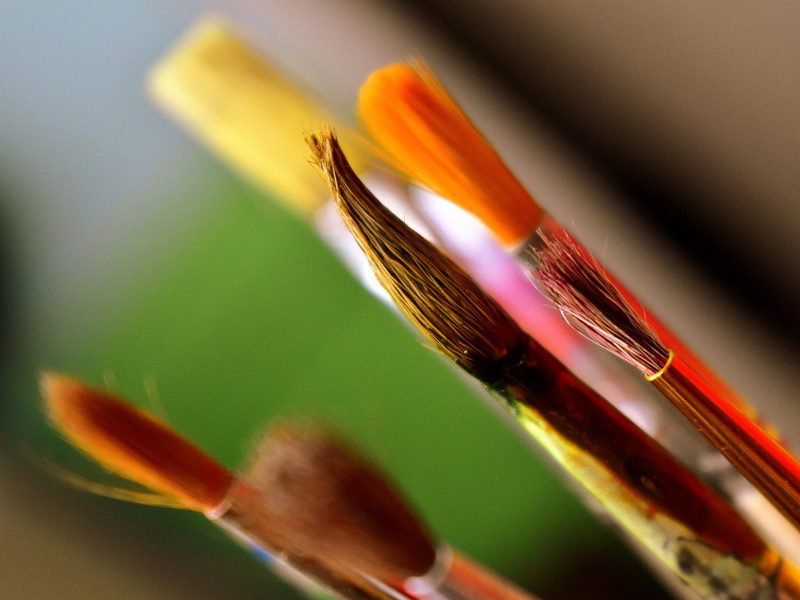
© image: Anekcen (russo) from Pixabay
Art for Peace, Peace for Art
Or: Final Questions for both the Public and the Artists...
“Art” and “peace” may seem worlds apart, especially in our society where art is a consumer good and peace is just a truce between commercial and military hostilities. Yet art and peace have got a lot in common if both are understood from a position far from any religious and confessional contexts which many would hardly call “spiritual”, yet it is at the core of every serious research, even if that is not welcome or praised among believers of any faith.
First of all, before delving into their relationship, it is important to understand what art and peace are. In order to do that, it is better to start from what they are considered to be nowadays. A quick search on the Internet gathers a vast array of common opinions about what is art.
1. Art is self-expression – see, for instance, the many definitions given by famous dictionaries, where art is defined as the application of human creativity to anything shareable, such as colours, shapes, sounds, movements, objects and so on. From that, the idea that art is a form of therapy descends quite naturally, because artists are thought to be tormented, extravagant, even subversive human beings chased after their bad dreams and malaise that they must convey through their work. There is even a form of emotional repair treatment called “art therapy” where people try to express their disturbing feelings through a visual, manipulative or performing procedure: a kind of emotional washing the laundry that supposedly leaves the traumatised person clean and healthy. The modern common appeal of risqué and/or gory images is seen as an outlet for sexual frustration, lack of real intercourse, solitude, fear of intimacy and a way to exorcise death which all could disrupt society if they could not find a sort of release. Moreover, the more an artist violates academic rules, the truer s/he is and the more valuable, at least according to the actual standards.
2. Art is propaganda, a political tool to denounce problems and bring forward change. This is a relatively modern concept, but it is strongly present among the common ideas about art. Connected to that is the idea that art is cosmetic, that is, a form of superficial application of pleasant and maybe redundant elements such as colours, lines, even words, to bare reality, in order to make it more socially acceptable. To avoid that, art must be brutal to awaken the individual to their modern alienated state and push them to change. Both positions stress the importance of hitting the audience in the guts to be effective: the aim of modern art(s) is to stir, provoke, scandalise or affect people’s sensitivity out of personal distaste for society or political stance against its habits. After all, if it stirs an emotion, then it is art, they say.
3. On the opposite side, art is considered as a form of sophistry to trick people – “art” as in “artifice”, artificial”, “artificiality”, and counterpoised to nature – as in “artificial” and “artefact”, meaning “man-made”, “unnatural”. In both cases art is unsafe and mendacious, as it is far from the ingenuity, purity, and truth of nature.
4. Art is anything visual and art is for everybody to make are the great pillars of the new market of courses, scholarships, tutorials that are a huge success both live and on the Internet. Our hasty society needs and wants to consume images, photographies or paintings or whatever may be looked at in a second, so there is a growing interest for anything visual. Moreover, there are many who are bored with their lives and look for a way to express themselves (see point no. 1), to pass time pleasantly alone or to find soothing for their problems. This is seen as the great democratisation of art, an important conquest for the masses and a very rich market for those who can sell their skills or talent.
5. On a more theoretical level, art is skill for skill sake – think, for instance, of the expressions “the art of cooking” or “the art of teaching” and similar. It is a display of one’s ability in making what one makes to be praised, sought after and, ultimately, paid. It is a form of showing off similar to that displayed by jugglers, tamers, acrobats, magicians at the circus, where the hidden aim is crying “Look at me, I’m so good!” to the audience and so, it is a form of fishing for compliments and a compensatory manoeuvre for one’s inferiority sense of lack of self-esteem.
6. Art is invention for invention sake. The recent raise of definition of “artwork” for images made through the use of the AI is self-evident. What is important is the finding of strange correlations, unusual ideas that must be simply typed on a keyboard to a software to be visible and shared via social media. Such images are even looked after and sold, because the definition of art, with its grand past and pompous trail of concepts derived from the rich patrons of distant ages and their display of fast and means, elevates everything it covers, no matter how it was brought about.
7. Art is a mean for self-gratification, its aim being to please the eye/ear. It is the proposal of a masturbatory experience appealing exclusively to the audience’s amusement with no other meaning, scope or dimension, and a form to appease the masses. In this sense, the increase of explicit products, especially easily accessible products such as cartoon-like images and video performances, fits into this policy of titillating sexual instincts in order to distract people from other, more relevant problems (see also point no. 1, 2 and 4).
8. Art is simply the product of the society it springs from, so everything is art. This may go along with point 4. With the honourable excuse of favouring equality, the great market-oriented blender of our days has mixed and reduced any concept to baby food in order to make it easily digested, paid for, consumed and discharged with no toxic waste for the status quo.
At the same time, another quick search reveals what peace is thought to be. Basically, there is just one definition people seem to agree on, which is:
Peace is the absence of war, hostility, violence, conflicts. When there is nothing nasty going around, that is peace.
It is easy to see the enormous disproportion between the amount of ideas about art, and those about peace. The definition about art are many and all in the positive form, even when they clash one another, while peace is defined in absentia and just in one way. What does it mean?
It means that peace is not investigated substantially from the philosophical point of view. It means that people do not find tranquillity appealing. It means that crises and worries are the pillars of modern world economy-oriented, because crises and worries make consumers look for a quick buffer: a physical, mental or ideological pacifier that they may rush to when they cannot find a meaning in the way society is built and run, with its absurd rhythms, lack of respect, idolising of money for money sake, injustice, inequality, violence and growing ignorance – see, for instance, the generally accepted literary theory behind story-making, where it is said that the hero must undergo a trial or face a dilemma in order to make the story going. Moreover, violence and destruction require a large amount of expenses both to feed them and to repair them, so the economy flies in a state of constant alternation of war and not-so-evident war, war being any form of organised aggressiveness. No, peace is not interesting. At the same time, the modern theorisation about art reveals a profound interest for its practical and sometimes not too subtle instrumental role in society as a form of social control. So, on one side there is peace as a sort of unrealistic oasis which only visionaries may aspire to and there there is art as a tool to keep a sort of superficial and agitated peace while leaving a seemingly and not too socially problematic freedom of expression – after all, when it comes to managing people, an iron fist in a velvet glove is the most acceptable mask for powers that be and the less energy-demanding strategy. So the question is: is it possible to rectify the relationship between art and peace?
Yes it is, but only from a spiritual perspective. Mind, as said before, “spiritual”, not confessional. “Spiritual” not ritualistic. “Spiritual”: not as in “mental” “moral” or even “immaterial”. “Spiritual” as in “related to Spirit”. Defining Spirit is not easy but you may think of something unconditioned underlying all reality, manifest or invisible as it may be, which is echoed in the utmost part on the human being. Not the emotional world, not the psyche, not the unconscious, but that part which can recognise without reasoning and is sure of the togetherness of everything. Some call that “the soul”, but it is better to fall far from traditional terms not to be tempted to rely on stereotyped concepts.
Personal spirit resonates in sympathy when Spirit is perceived. It is a common experience that a view of any kind can move internally, both due to its beauty or its repulsiveness. Our spirit searches anything appeasing, comforting and life-protecting and what it founds disturbing is against life, on that there is no doubts. What is against life is felt as threatening, disgusting, morally wrong, provided, of course, one is emotionally healthy – as said before, there are those who enjoy suffering as well as those who like jeopardise others’ lives or killing, torturing, abusing others, but this is a distorted state of mind due to personal events and emotional traumas, not the usual norm. When in presence of Spirit, which is always pro-life, three is a sudden and instinctive recognition on the part of the one experiencing that, which passes neither through the senses nor through the mind. It is personal spirit which put into motion. It is a matter of simile similia and that requires no explanations, being self-evident to those who know what it is like byexperience. The other may content themselves with similes, as nothing can take the place of direct experience.
So, what is art form a spiritual perspective? First of all, it is an aesthetic experience, meaning by that the perception of something – the term “aesthetics” derives from the Greek verb aisthanomai, I perceive through the senses, I feel, and was first used by the XVIII century German philosopher A. G. Baumgartner, who applied it to his science of beauty as good taste. Since the Westerners started to think about art, their interest was centred on beauty, how to define it and how man experiences it. Since the word “beauty” is a diminutive form of Latin bonus, good, it follows that beauty is a small good, so it is pleasant to the senses and positive to the mind. It is a concentrate of good positively affecting the whole body-mind system, so to speak. From that, the problem of perception: can people perceive correctly? Are their senses free? Does their mind hinder the perceptive process with judgements and pre-judices censoring and labelling any raw data from the senses to conform them to its views? This is a crucial subject when talking about art, because the reader have just read that the various definitions of art spring from a vast, strong, invisible cobweb of ideas about ethics and morality. As a matter of fact, a twisted mind can judge as pleasant even something dangerous or painful as pleasant – see masochism – so there are no limits to the extend the mind can push man into paradoxical directions.
Another crucial subject is beauty. If beauty is a small good, what is the larger good it reflects? The answer is left to the reader but it is obvious it is related so something vaster than what can be perceived by the senses and interpreted by the mind. What we call good is something positive for ourselves, which can help us sooth our sorrow, confirm our wellbeing, give us moral strength in dire straits and favour feelings of tenderness and protection towards life in general. Beauty, then, has got nothing to do with selfishness or arrogance, as it is a feeling of being surpassed as individuals while being valued and protected as individuals: if everybody is safe and strong, nobody needs to usurp the others’ place, possessions or status. And if art aims at providing beauty, the small good, through the senses and make the audience feel well and contented, why should it be interested in ugliness and monstrosity? Can you start to see why art and peace are connected through spirit?
What or who offer the greatest consolation? What or who can save us from pain, sorrow and death? As human beings, we are not granted infinite life. We are fragile, we have our expiring date built in and that causes infinite anguish. When in front of a ravishing spectacle, we are enraptured by its beauty and we feel something vaster than ourselves offering a kind of way out to the prison our mortal body. This is what philosophy calls the sentiment of sublime, which can be felt for a natural scenery, a work of art of any kind, or the loved one, it does not matter. What matters is we can feel released from our anguish and perceive there is a greater good surpassing our smallness and impermanence. Once more, the definition of this greater good is left to the willing reader; in any case, the answer is not to be found in the books of past and present wise men, who gave and still are giving very different names to that greater good and found good reasons to fight and kill those who had different names than theirs. The answer is both personal and transpersonal, that is, universal, and abstract from the cultural, social, geographic environment to be valuable; if it is a conditioned answer, then it is limited and cannot aspire to deal with what surpassed it in vastness, depth and value. Yet it is essential to stress that the sublime has got nothing to do with what is generally seen as a Baroque-style ecstasy, since it is never life-threatening nor extraordinary. It seems a contradiction, but it is not. Those who encounter the sublime are both overwhelmed and reinforced in their physical state, they do not escape reality, they do not wander the foreign lands of abstract visions, they do not despise reality because it is unjust or limited: on the contrary, what they feel strongly makes them more alive and present, since it is suggestive that life is larger than their person, vaster than what their senses and minds can perceive, deeper than any theoretical construction and that they are a vehicle of life with their entire being, body and mind and spirit together. The experience of the sublime makes people discover the extraordinary in the ordinary, making them loving reality as it is, ecstasy is a mental escape from reality because it is felt as unbearable.
What is art then and what is its aim? What does it take to make art? When people can say they are artists? What its connection to spirit? Does art help peace? Can there be art devoted to peace without being didactic? There are all legitimate questions helping define what is art, true art. The answer given by the present essay is inevitably the following. True art is a way to express the sublime, to console, caress and show the mind there is something larger than itself, to echo the beauty of Creation, to stir a sense of admiration for its balance and to make us feel a portion of the infinite. Some make art with colours, some with three-dimensional shapes, some with sounds, some with their voice, some with instruments, some with moves, some with words; some move in the tradition, some explore new territories; some need a lot of time to find their way and some seem to be born within it: it does not matter and makes no difference whatsoever because, when art is art, it exudes life and inspires its users to feel life powerfully, gracefully and peacefully, each one according to her/his nature, bypassing all the censoring mechanisms of the mind. From that it is a natural consequence that there can be no art if not a spiritual one: one can try to avoid seeing Spirit from but it is impossible, because Spirit is larger than life, vaster than our senses, deeper and higher than our mind, sublime, unmistakably present behind everything good and beautiful that is positive to our life, with respect to those persisting in denying its being there due to their personal story and emotional traumas or always ready to take it form a confessional perspective. Spirit cannot be contained in religions or defined by human words, it can only be hint at, suggested, echoed, remembered but never described directly, let that be very, very, very clear. Arts do exactly all that.
In short, art aims at showing the profound beauty of reality, meaning with that both the visible and the invisible world. Experiencing beauty in a spiritual sense is the farthest event from the self-absorbed activity of just pleasing the senses: beauty in a spiritual sense is always sublime, no mater the scope of the mean it is expressed or the dimension of what bears it. It makes its audience grow wiser and simpler and more open to kindness and understanding: in a word, it breaks the ordinary limits imposed by social customs and personal taboos, bringing those whop feel it, so to speak, deeper, higher and in a world of peace where nothing is dangerous, suspect or wrong and life flows uninterrupted in everthing. Sure, the senses are overwhelmed, the mind is blocked in its never-ceasing but one’s spirit is activated by the presence of Spirit and this is what counts the most.
Spiritual art requires spiritual artists. In order to become a spiritual artist, one has to work really hard on her/himself firstly to overcome any inherited idea about art and being an artist, which, in itself, is already a difficult task. S/he must then educate her/his mind to stay in its place and not to trespass the limits of its natural functioning, that is, protecting one’s life and interacting harmoniously with reality, which even that is not an easy task. S/he must manage her/his emotions not to be overwhelmed by them. S/he must lead a simple, natural life with no excesses and no unhealthy habits, to keep her/his senses clean and efficient. S/he must learn how to grow into discipline and restrain, so that s/he can practice her/his art at her/his best. S/he must be well aware of and respect some inevitable technical rules of her/his trade and try to apply them in the best possible way. Most of all, the spiritual artist must learn to find something impersonal in her/himself, some universal feeling and truth to be expressed in her/his work, so that Spirit can be perceived through her/his work. This impersonality, this search for universalities is the true aim of the spiritual artist and it is a never-ending search which can generate discomfort and even desperation in those who are not prepared for it. In short, the spiritual artist must be aware that making art is making peace in oneself to make room for Spirit to express Itself through her/him, so that those who can enjoy her/his art can perceive It too.
What is peace then? Far from being just the absence of war, peace is a state of inner calm, harmony and quiet contentment. It is a benevolent feeling of togetherness with everything which makes impossible to be partisan towards this or that. It is a stillness of the mind, the full and natural activity of the senses which makes the individual fell free, alive, whole and sympathetic, as said before, to life in general. When one is at peace, there is no need to be violent or selfish. Of course peace and war are not compatible, this goes without saying, but peace is much more than an absence, On the contrary, it is a presence: the total presence to oneself, with very fibre of the body, every corner of the mind, with no filters or obstacle or nasty feelings. Being at peace is a matter both of body and mind: clear, active senses, a quiet mind, a sense of fullness, even joy. What is that if not what spiritual art provokes?
Spiritual art and peace go hand in and. One is not possible without the other, not it should be clear enough. Now the question is: what kind of art do you call art and why? What does it serve: your limited personal good or a greater impersonal good? What kind of artist do you want to be? Can you image to get rid of your little ego for a greater aim? Can you face an infinite search? Are you strong enough to reform yourself to be worth the aim of serving the Spirit with your efforts? Are your technical skills ready to suggest the infinite beauty of Spirit? Can you see Spirit in ordinary things? Are you ready to leave conventions and the consoling admiration of society to life a full life? Can you afford to be a mean for Spirit to manifest? These are questions which make one feel uneasy due to their relevance, yet, if people want to be human beings and not puppets of their times, they have to ask themselves.
Art is not a matter reserved for an élite. Peace is not a political affair. They are a matter affecting one’s whole life, as they imply a stance, willpower and determination both on the part of the artists and of the audience. Nobody can delegate decisions about these subjects, as nobody can delegate decisions about their life, and nobody is entitled to make decisions for others about them. After all, as human beings, we all are responsible for our choices, are we not?
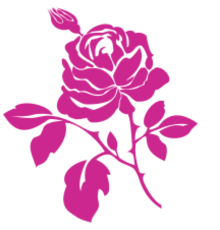
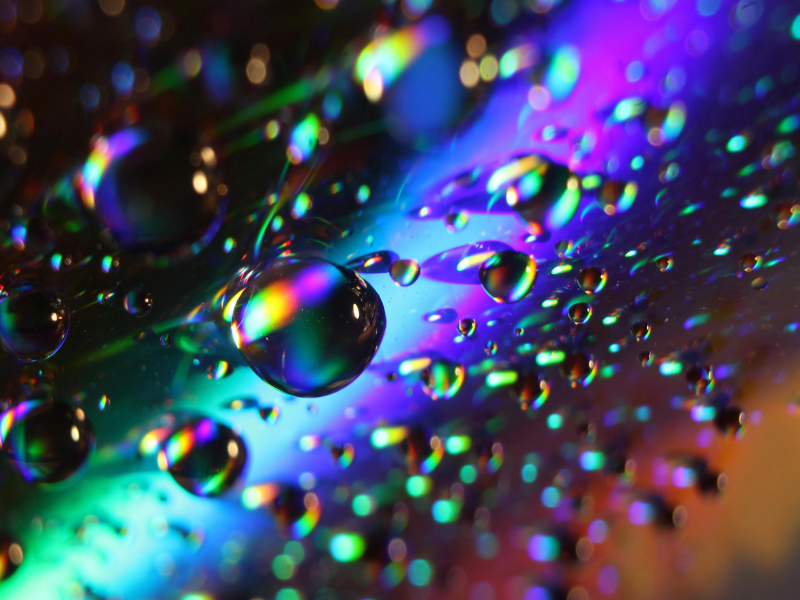
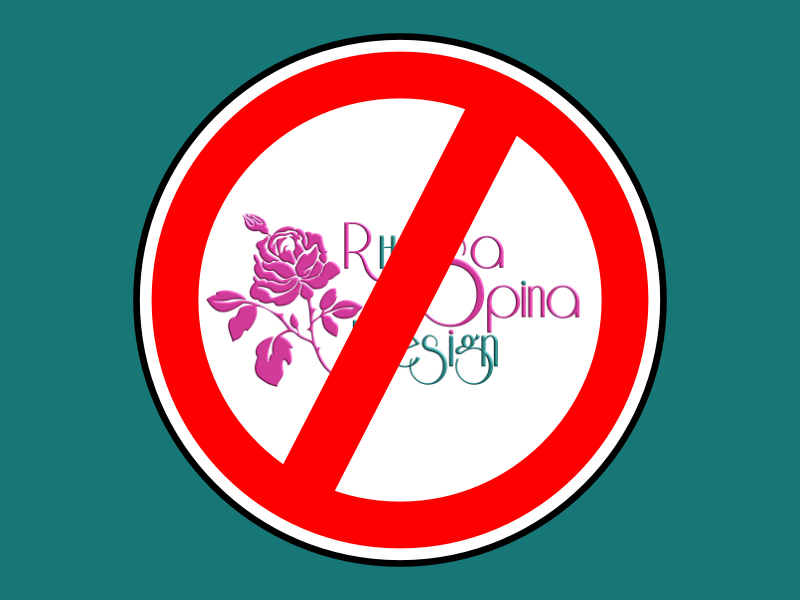
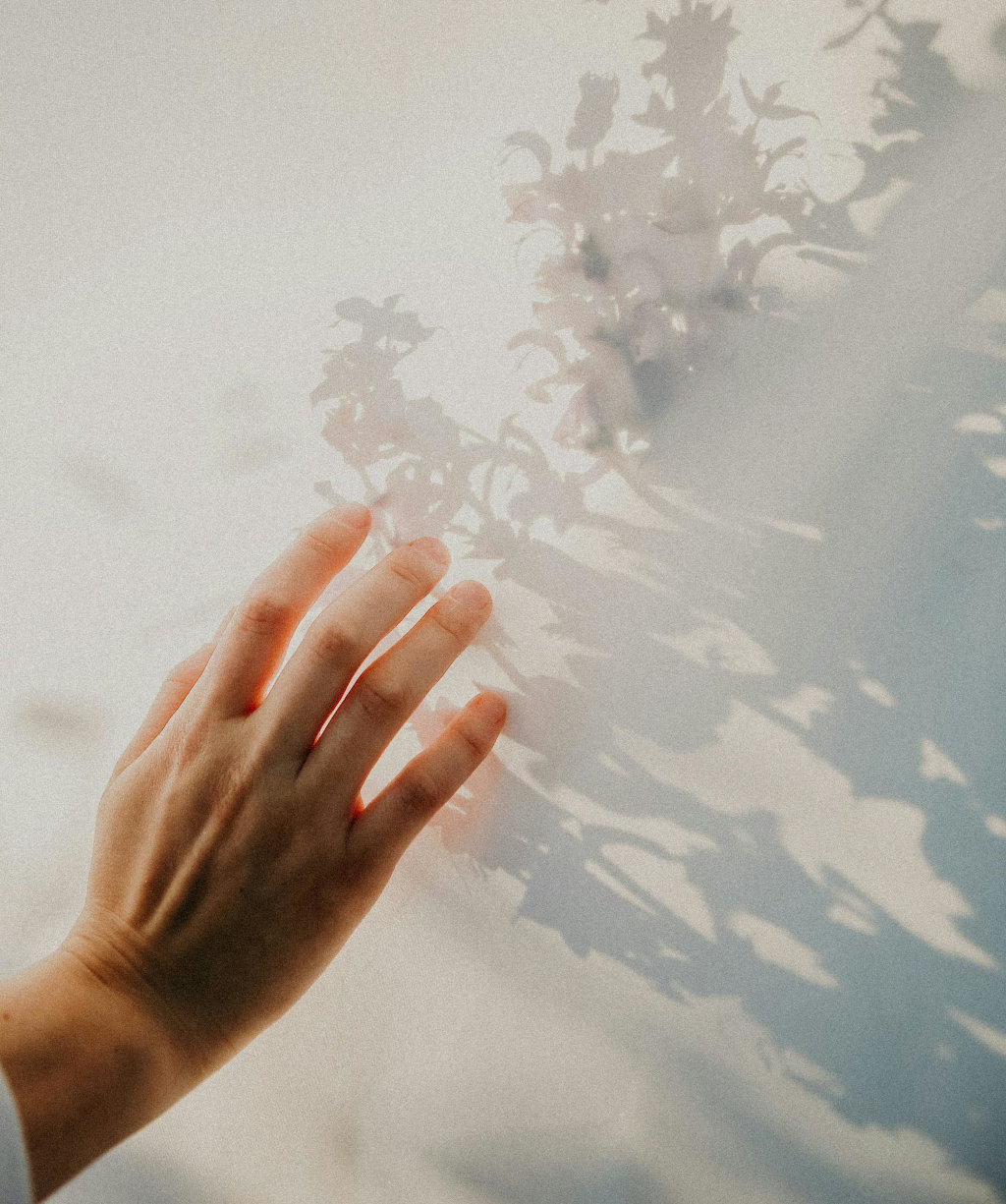
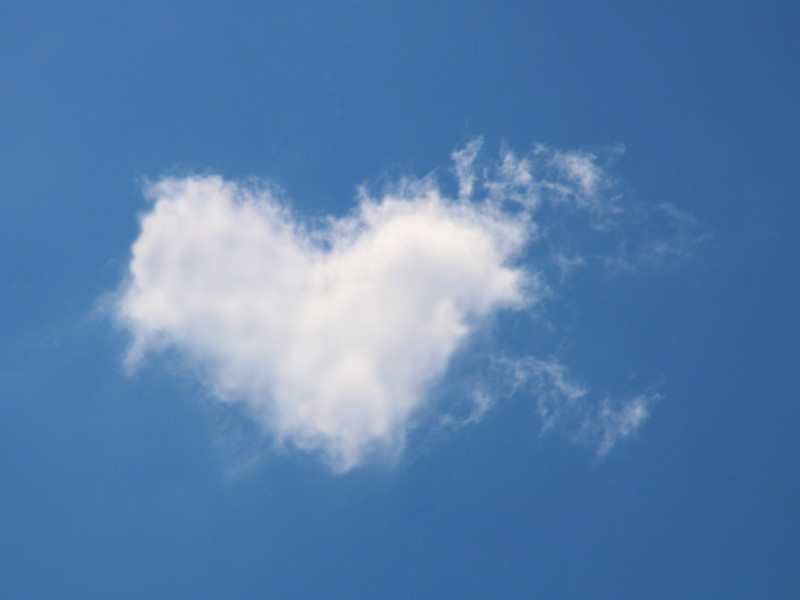
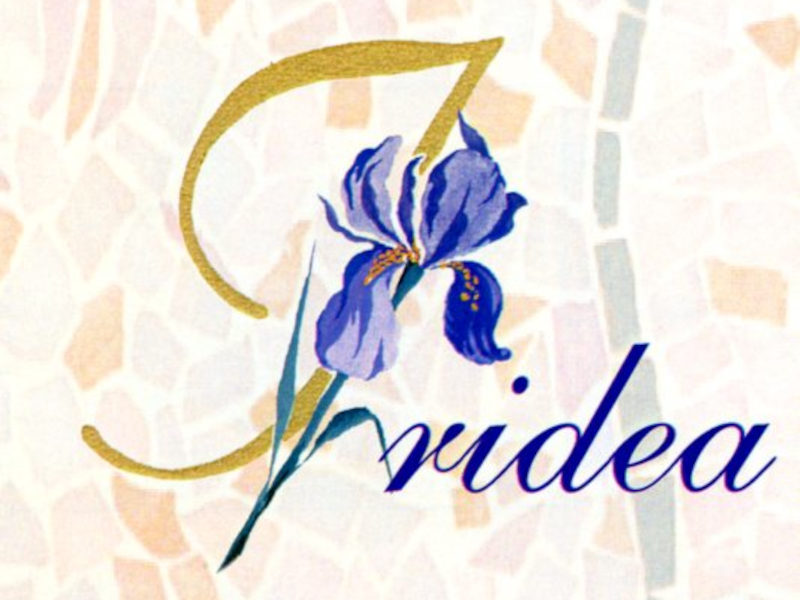
0 comments
Only site members can comment
If you want to leave a comment on the post you must be registered on the site, just a nick and an email.
Subscribe